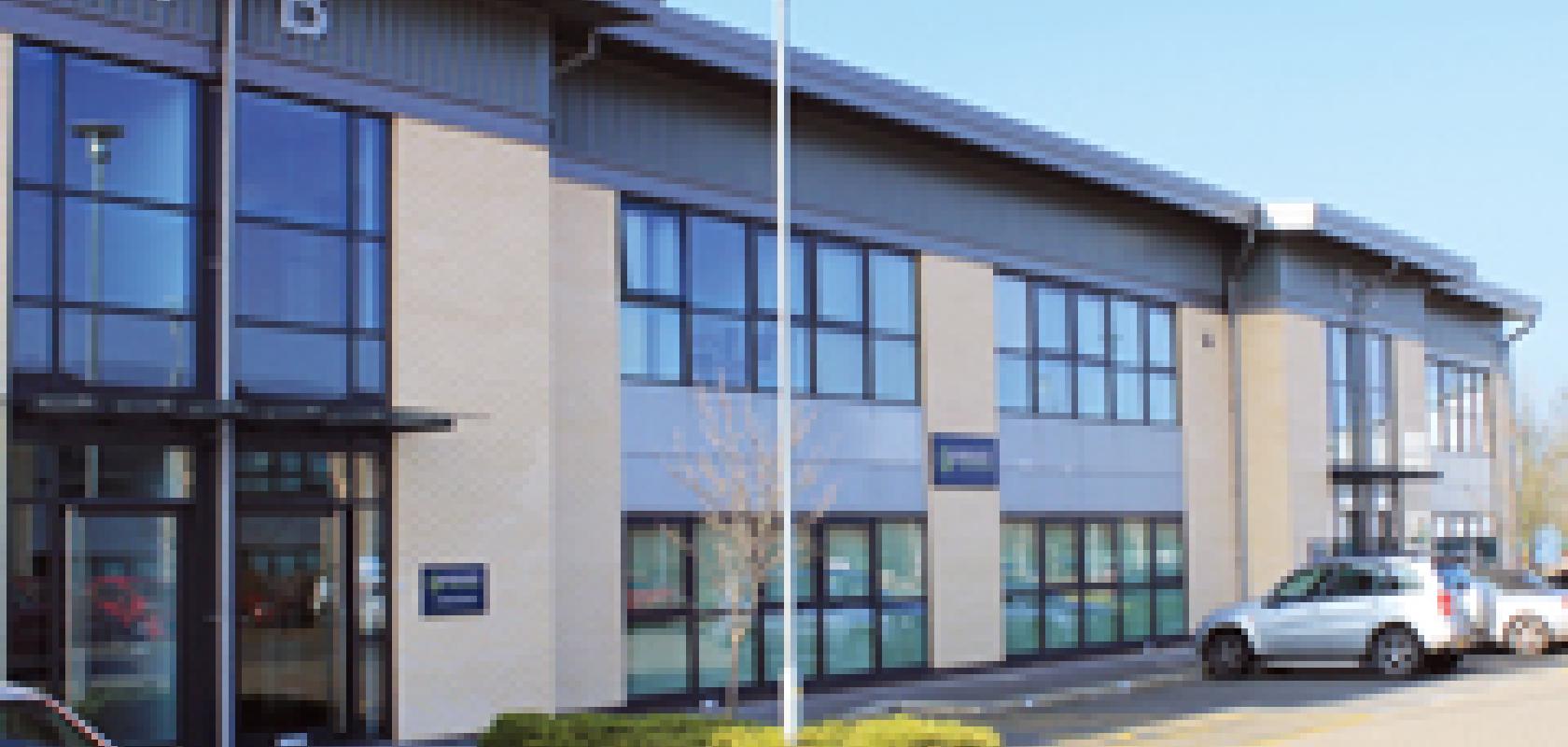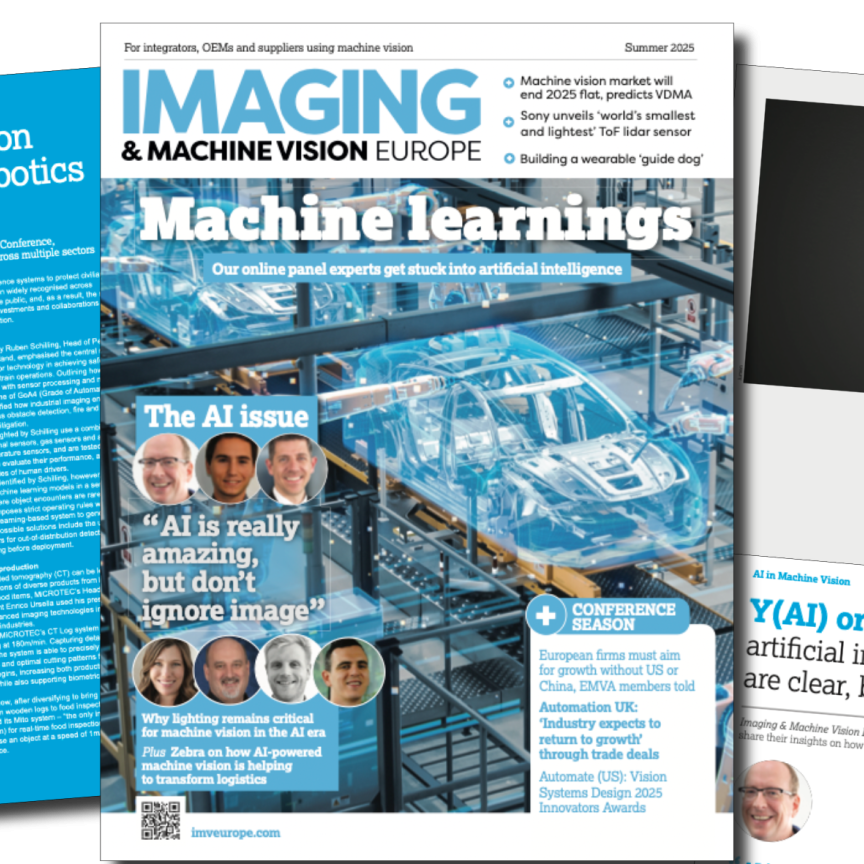When Gardasoft Vision first began trading in 1999, the company focused on systems integration. Over the years, a long-established core competence in LED technology – combined with practical experience of how such systems are implemented and used in the field – have led to the company becoming what founder and director Peter Bhagat terms as an ‘innovation driver’ in LED lighting and control within machine vision.
According to Bhagat, those working at Gardasoft when it launched as an integrator soon found that something was missing from the experience of implementing machine vision systems, in that there was no way of effectively controlling and pulsing lighting in synchronisation with cameras in order to get the best results for the application. ‘We had to build a plastic box with a knob and variable resistor and then we had to document it,’ he explained. ‘It was a distraction and a hidden cost that we hadn’t allowed for in our quotes. Eventually we produced a simple lighting controller to solve this problem for our own use and, over time, we realised that everyone else had the same problem.’
The company began marketing its own lighting controllers, and these units began to take over as the main focus of the business. Today, Gardasoft is a 100 per cent product-focused company, active in two key markets: LED lighting control within machine vision, and high intensity illuminations for intelligent traffic systems.
Let there be light
Regardless of sector, lighting plays a fundamental role in the effectiveness of any machine vision system, and Gardasoft’s industrial LED technologies ensure that the highest performance demands can be met for both area scan and line scan applications. The company’s LED pulse controllers are compatible with almost any LED machine vision light, and provide up to 10 times the light intensity output of traditional units. Advances in this technology have resulted in its increasing use within automatic number plate recognition (ANPR) applications in the intelligent traffic sector.
Gardasoft VTR series LED strobes offer a multitude of wavelength choices – including IR (740nm, 850nm and 940nm), white, red and blue – and are being used in many applications such as toll booths, speed monitoring, multi-lane control and red light violation. The company’s VTRs can drive up to 4kW to the LED array, and as a solid state device they represent a very low maintenance lighting solution for the traffic sector; while the VCT6 series is specially designed for mobile applications and OEM integration.
In addition to LED controllers, Gardasoft also produces machine vision timing controllers. These are single component solutions for machine vision integration applications, such as the integration of triggering and synchronisation with encoders, cameras, lighting proximity switches, and reject gates.
Bhagat offered his views of these particular markets: ‘When commenting on the current trends for imaging and automation in terms of lighting and how it is used, it may seem surprising that I’d like to start with the trends in camera technology. As camera developments rapidly continue in areas such as processing speed, networking and standardisation of implementation, it places even greater emphasis on lighting technology to develop in synergy,’ he commented. ‘In some cases, lighting can even provide the lead function, whereby the processing overhead on the camera can be reduced – for example, high-speed, multi-imaging in the same application scene where different lighting levels are required.
‘This view raises what I believe to be a paradox in the industry relating to lighting: machine vision systems rely on highly effective integration between devices, with evolving developments of the various networking standards and enhancements from the leading image processing software providers. Lighting is very obviously absent from this networked environment, yet as the industry agrees, lighting is a vital enabler within any machine vision system.’
Bhagat continued by adding that he can see the positive sign of manufacturers of LED lighting producing increasingly high quality, increased output lighting devices – and so it’s the integration and control of these lights that he views as a major development requirement in resolving this paradox. Integration of lighting would enable lighting parameters to be available right through to application-level software. This would bring advantages, not only in terms of increased lighting control functionality, but also for speed of implementation and on-going maintenance and diagnostics.
‘Another key area I recognise is the widening use of expert control functions for lighting,’ added Bhagat. ‘This is the result of having spent many years addressing machine vision applications that have been enhanced with the likes of finite pulse control, multi-pulsing, accurate overdriving and stabilised current supplies. However, the techniques are still performed nearly exclusively within an expert sector of the market, which I estimate to be about 10 per cent of all lights used within machine vision systems.
‘In my opinion, this does not need to be the case, but the techniques have to be made approachable to a wider machine vision audience,’ he continued, ‘and in order to achieve this, advanced light control techniques need to be delivered in much more of a plug-and-play format. If this is achieved, I estimate that closer to 40 per cent of machine vision lighting will be utilising advanced control functions – therefore bringing extensive benefits to applications.’
The big picture
According to Bhagat, the key to Gardasoft’s success is an understanding of the entire machine vision system, from optics to software, which in turn helps the company to recognise how its products affect the whole system. This has led to a few ‘lightbulb’ moments of technology development, including its patented SafeSense solution, which protects the LEDs by allowing them to be overdriven safely. Additionally, this optimises the amount of light being produced. The company’s latest solution, Triniti intelligent lighting, is an enabling and collaborative technology that provides control, operational performance data and full networking of LED lighting for vision systems.
‘Triniti has caused many top players in industry to want to be involved in the technology,’ commented Bhagat. ‘This includes lighting manufacturers, camera manufacturers and image processing software companies –
it is therefore extending the reach and scope of our technology
within the wider machine vision market.’
To receive the latest issue of Imaging and Machine Vision Europe, subscribe for free here.
Peter Bhagat originally trained as a software engineer and his first job saw him using microcontrollers for embedded systems. In 1991, at the age of 28, he decided to take a leap and work for himself. Initially, he worked as a software consultant providing fixed price solutions, rather than an hourly paid contractor working through an agency. ‘This worked very well,’ he explained, ‘partly due to having a strong network of contacts and partly down to luck. I worked on many projects including teletext receivers, racing car telemetry, diesel engine simulators and airport information systems.’
In 1994, he was introduced to Mark Williamson – who is now at Stemmer Imaging – and the world of image processing. Since then, Bhagat has worked almost exclusively in the machine vision industry, on everything from complete systems, image processing tools, camera control, real-time control and, of course, lighting controllers.


